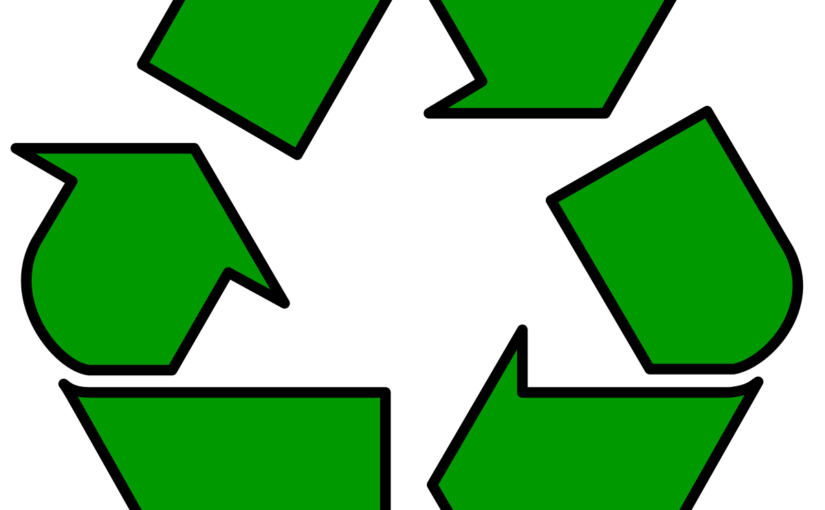There are countless reasons why paper recycling is important, and no other occasion brings this environmentally responsible practice to the forefront than Earth Day. Celebrated every April 22, Earth Day was the brainchild of Gaylord Nelson, a 1969 Wisconsin junior senator concerned about pollution and other environmental health hazards. After garnering national support from people of all walks of life, Earth Day became a global phenomenon in 1990, elevating environmental issues to the world stage. Today, more than a billion people every year recognize this day of eco-friendly action in more than 190 countries.
If you caught the interview with our recycling coordinator Edwin, you learned that we recycle about two million pounds of paper every month. In honor of Earth Day, this article will take a closer look at the environmental benefits of recycling paper and explain what happens at every step of the process.
Environmental benefits of paper recycling
According to the Environmental Protection Agency (EPA), there are many benefits of recycling paper, including:
- Reduces greenhouse gas emissions
- Extends the fiber supply
- Contributes to carbon sequestration, a process that reduces atmospheric carbon dioxide (CO2)
- Reduces energy and water consumption
- Saves landfill space
- Decreases CO2 production by reducing the need for landfill disposal or incineration
Now that we know the advantages of recycling paper, let’s explore the step-by-step process, starting with our advanced converting technique using state-of-the-art equipment.
The paper recycling process
The paper recycling process follows five essential steps:
Step 1: Converting
Our efficient converting process separates waste by substrate and grade before filtering it through our system. Next, our advanced balers compress and bind the paper into solid bales in preparation for us to ship the material to a paper recycler.
Step 2: Shredding
During the shredding step of the recycling process, large machines called pulpers shred the paper into small pieces, creating a mixture of paper, water, and chemicals. Once heated, the mixture breaks down into fibers or pulp.
Step 3: Cleaning and contamination removal
The next step of the paper recycling process involves pressing the fiber material through a screen to remove adhesives and other remaining contaminants. Then, the paper spins in a cone-shaped cylinder to complete the cleaning phase.
Step 4: Bonding
Now it’s time to activate a machine that sprays the pulp onto a conveyor belt. During this step of the paper recycling process, water drips through the belt’s screen as the paper fibers begin bonding together.
Step 5: Drying
Finally, heated metal rollers dry the recycled paper and form it into large rolls, the last step in preparing the processed material for the next use.
Doing our part
Unlike other materials, such as Styrofoam or plastic, paper is a recyclable, sustainable, and renewable material. By continually investing in an efficient paper recycling process and other green-friendly initiatives, including solar power and a reduce-reuse-recycle mindset, we’re committed to promoting a safer and healthier environment on Earth Day and every day.
Here is just some of we’re doing to contribute to Mother Earth:
- Invest in state-of-the-art balers and resources to continually improve our processes
- Employ a dedicated recycling coordinator
- Promote an environmentally conscious culture from the top down
- Run much of our New Jersey equipment using power from solar panels
Interested in learning more about recycling at Roosevelt? Head to our website to check out our article or reach out to our team.
As an environmentally conscious leader with over 90 years of industry experience, you can trust us to provide quality, affordable, and innovative earth-friendly solutions for all your paper needs. Ready to partner with us? Get started by contacting us online or calling (800) 523- 3470.

 Customer Login
Customer Login Create Account
Create Account